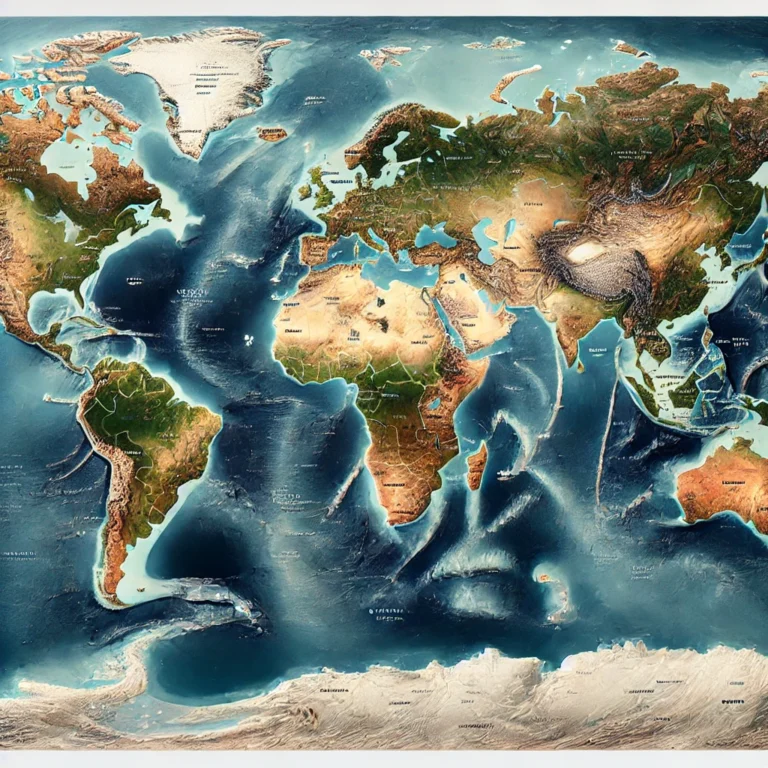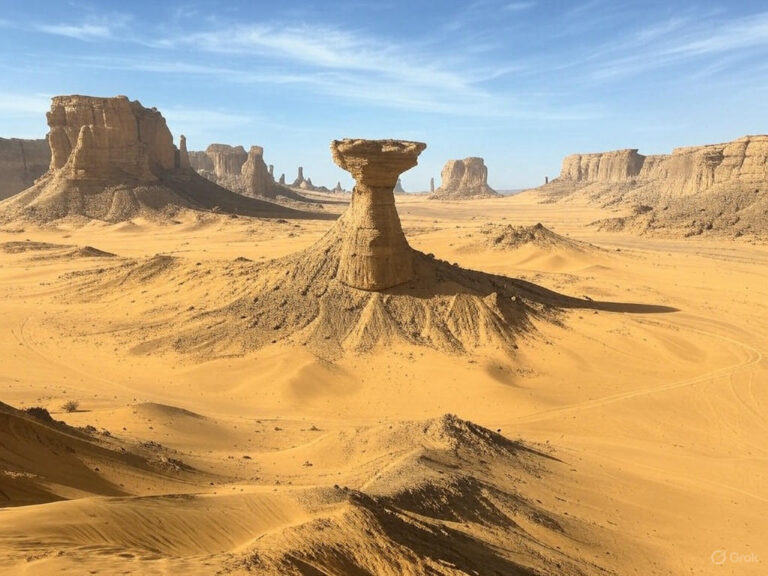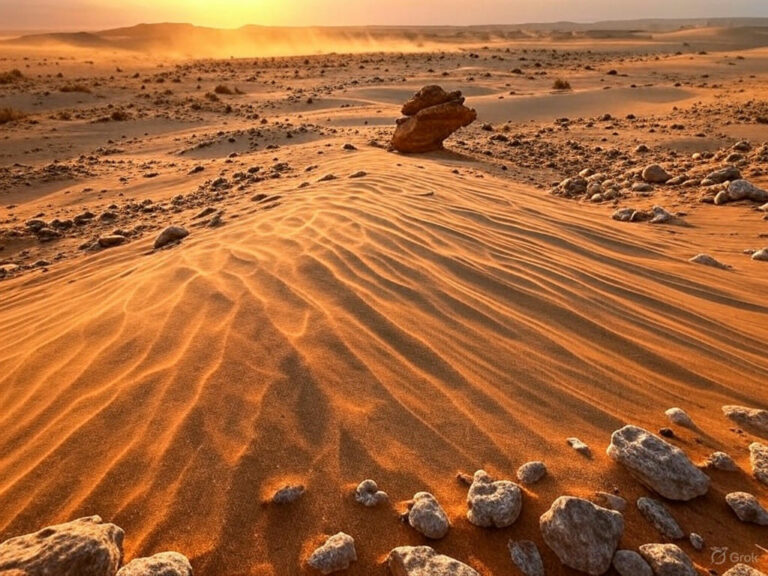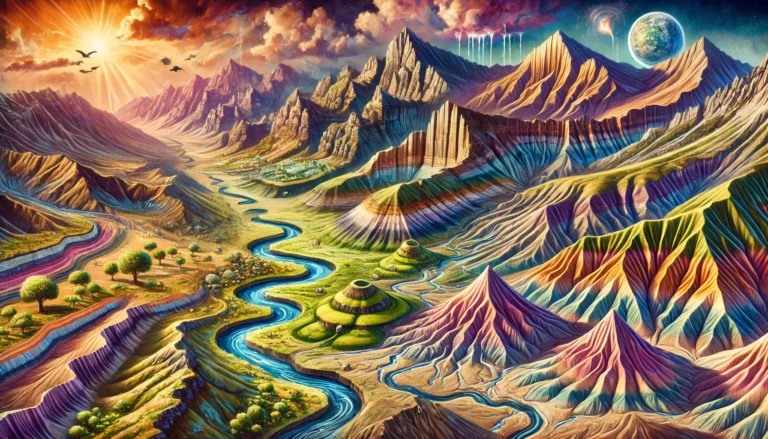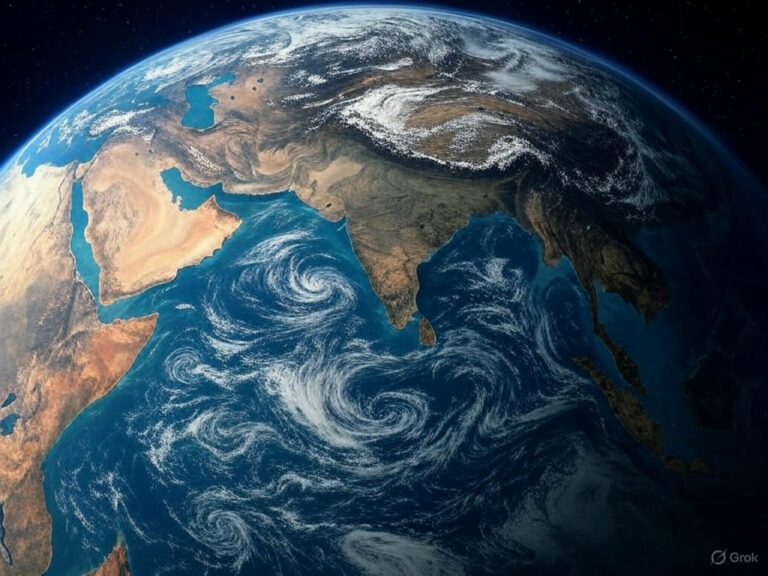Ocean Bottom Relief of Pacific Ocean
Let’s explore the Pacific Ocean, the grandest water body on Earth, covering nearly one-third of the planet’s surface. Imagine yourself soaring over this vast expanse, stretching 16,000 km from the bustling shores of Asia to the rugged coasts of the Americas, and spanning 14,800 km from the icy Bering Strait in the north to the windswept Cape Adare in Antarctica.
A Waning Giant
Despite its immense size, the Pacific Ocean is slowly shrinking. This is because the American tectonic plates are creeping westward, devouring parts of the ocean bit by bit. It’s like a giant puzzle where the edges are being pushed inward, reducing the ocean’s vastness over geological time. That’s why geographers call it a “waning ocean.”
Mountains at the Margins
Both the eastern and western coasts of the Pacific are flanked by towering mountain ranges. These folded mountain chains create steep continental slopes that plunge rapidly into the deep abyssal plains. This abrupt descent from land to deep sea makes the Pacific one of the most dramatic ocean basins in the world.
The Fiery Ring of Doom
Skirting the Pacific’s northern and western edges are some of the deepest ocean trenches on Earth, where the Pacific Plate is slowly sinking beneath other plates in a process called subduction. This fiery geological drama fuels an extraordinary number of volcanoes, forming what we famously call the “Ring of Fire.“ This region, home to frequent earthquakes and volcanic eruptions, extends from Japan to Indonesia in the west and from Alaska down to Chile in the east, making it one of the most geologically active zones on the planet.
Islands, Arcs, and Festoons
The Pacific is also the king of islands, hosting the most in the world. Picture a vast blue canvas dotted with islands—some standing alone, others forming curving chains like a pearl necklace. Most of these islands cluster in the western tropical regions and come in three types:
- Continental islands—formed from parts of continents—like the Aleutian Islands near Alaska or those off British Columbia.
- Island arcs & festoons—volcanic chains sculpted by tectonic activity—such as Japan, the Philippines, and Indonesia.
- Scattered smaller islands—grouped into Melanesia, Micronesia, and Polynesia, each with its own unique cultures and landscapes.
Underwater Geography: The Continental Shelves, Basins and Ridges
Now, let’s dive beneath the waves. The Pacific’s continental shelves—the submerged extensions of land—vary greatly in size.
- In the west, near Asia and Australia, these shelves stretch wide, from 160 km to 1,600 km, with depths ranging from 1,000 to 2,000 meters. These shelves host numerous marginal seas, such as:
- Bering Sea, Okhotsk Sea, and Japan Sea in the north,
- Yellow Sea, East and South China Seas, and Java Sea in the west,
- Coral Sea and Tasman Sea near Australia.
- In the Americas, the continental shelves are much narrower because the towering Cordilleras (the Andes and Rockies) rise close to the coast, leaving little space for gradual underwater slopes.

One major feature of the Pacific is that, unlike the Atlantic, it lacks a central mid-ocean ridge. Instead, it has the East Pacific Ridge (Albatross Plateau), a 1600 km-wide submarine mountain range stretching from north of New Zealand to the Californian coast. Alongside this, fracture zones such as Mendocino, Murray, and Clipperton run across the ocean floor, revealing its dynamic geological history.
The Ocean Basins
Beneath the surface, the Pacific is home to numerous ocean basins, varying in size and shape, separated by ridges and rises. Among these, the Philippines Basin is the deepest, plunging into the abyss and housing unique marine life adapted to extreme conditions.
The Pacific is also a hub of coral reef ecosystems, with its crown jewel being the Great Barrier Reef, the largest coral reef system in the world. This vibrant marine habitat is not just a collection of coral—it is an entire living ecosystem, supporting thousands of marine species.
Additionally, the Pacific shelters atoll nations—tiny island nations formed from coral reefs that have grown over submerged volcanic islands. Countries like Kiribati, the Marshall Islands, Tokelau, and Tuvalu are built upon these fragile coral structures, making them vulnerable to rising sea levels due to climate change.
The Ocean Deeps
If we continue descending into the deepest realms of the Pacific, we enter the world of ocean trenches. These trenches, often located along island arcs, are some of the deepest points on Earth, formed by the subduction of tectonic plates—where one plate is forced beneath another into the mantle.
Most of these trenches are found in the western Pacific Ocean, marking the collision zones between the Pacific Plate and other surrounding plates. Some of the most significant trenches include:
- Mariana Trench – The deepest place on Earth, plunging over 11,000 meters (36,000 feet), deeper than Mount Everest is tall.
- Tonga Trench – One of the fastest-moving subduction zones, creating powerful earthquakes.
- Kurile Trench – A region of intense seismic activity near Japan.
These trenches are not just geological formations; they are extreme environments where life has evolved in extraordinary ways. Strange creatures, adapted to high pressure, total darkness, and near-freezing temperatures, inhabit these depths, making it one of the least explored regions on our planet
Conclusion
The Pacific Ocean is more than just a water body—beneath its waves lies a world of towering ridges, deep basins, and trench systems that reveal Earth’s dynamic geological forces. From the fractured East Pacific Ridge to the Mariana Trench, this ocean is in constant motion, shaping the future of our planet as plates shift, volcanoes erupt, and marine ecosystems thrive in its depths.
This journey across the Pacific’s hidden landscapes reminds us of the mysteries still waiting to be explored—an underwater world as vast and complex as the continents above. 🌊


